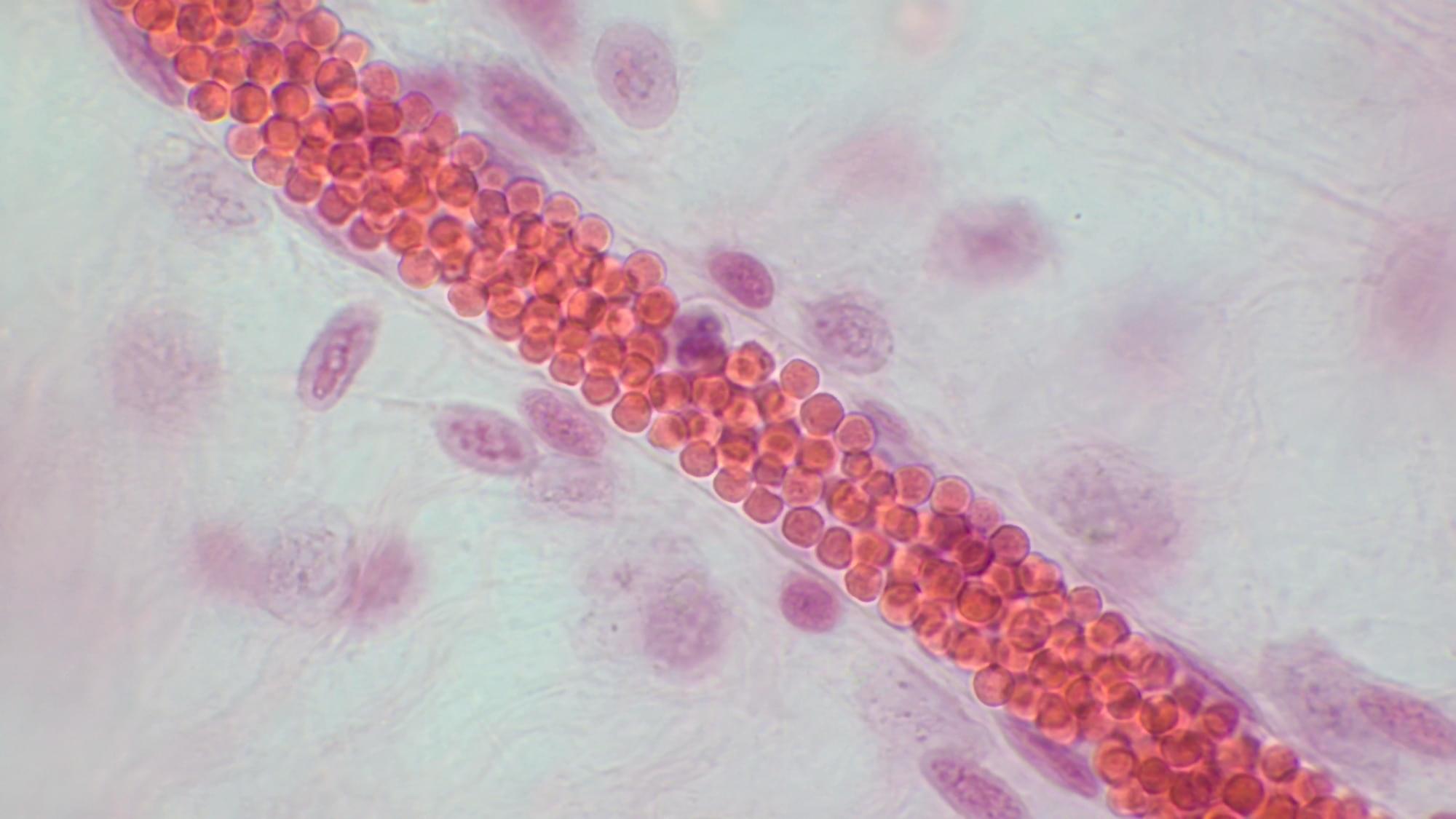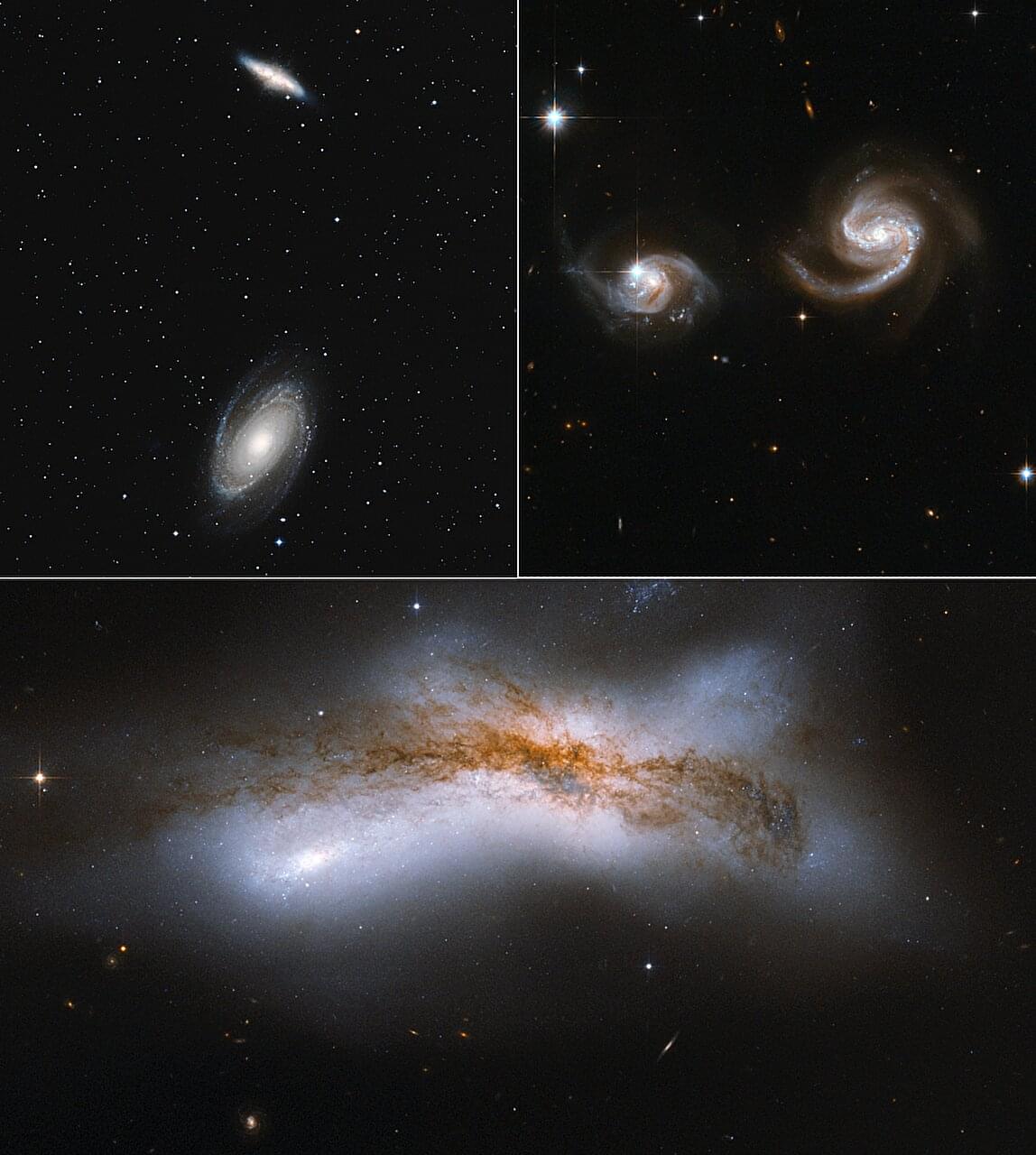Recent safety tests show some AI models are capable of sabotaging commands or even resorting to blackmail to avoid being turned off or replaced.



IN A NUTSHELL 🚀 The PHARAO mission will launch an atomic clock to the International Space Station to test Einstein’s theory of general relativity. ⏰ This clock aims to measure time with unprecedented precision, detecting variations even at levels equivalent to a one-meter altitude change. 🔬 Advances in atomic clock technology, including laser-cooling techniques, enhance

The brainwaves of people with neuropathic pain show a distinct pattern: more slow theta waves, fewer alpha waves, and more fast, high beta waves, co-lead author Sylvia Gustin, a clinical psychologist and UNSW professor, said in the statement. Her research has investigated changes in the thalamus—a central brain structure that relays sensory and motor signals to the cerebral cortex—associated with nerve pain.
The PainWaive system consists of an electroencephalogram (EEG) headset that records brain activity paired with an app that instructs patients on how to control their brainwaves through neurofeedback games, according to a UNSW statement. Four participants who suffer from corneal neuropathic pain—a condition that causes painful hypersensitivity of the eyes, face, or head—underwent 20 PainWaive sessions over the course of four weeks.
This study offers new hope for drug-free pain treatments, but further trials will need to verify its results.


Many different cancer treatments work to directly target the tumor or the cells around it. The immediate goal is to mitigate growth and progression, with the hope of complete eradication and long-term durable immunity. However, many barriers prevent complete treatment efficacy. Different proteins and molecules secreted by the tumor polarize the environment around it to allow tumor progression. Unfortunately, the tumor generates an advantageous environment that not only suppresses the immune system, but also dysregulates immune cells to promote the spread of cancer.
Different immune cells around the tumor, such as neutrophils, macrophages, T cells, dendritic cells, and others normally work together to elicit a robust immune response. In the context of cancer, these cells take on a pro-tumor function or are prevented from executing their function. In response, many immunotherapies work to re-activate T cells, which are responsible for eliminating infected cells. Other cancer treatments, such as chemotherapy, works to directly kill the tumor.
While various therapies work through different biological mechanisms, it is still unclear how the tumor uses nutrients to fuel its progression and block immune cell response. Metabolism is the action of a cell that builds and breaks down molecules to provide energy. In general, it has been widely accepted that tumors rely on a metabolic process known as glycolysis to fuel its mass proliferation of cells. Specifically, cells breakdown glucose for energy. Although cancer cells gain energy through glycolysis, there is still a lot that is unclear about cellular metabolism and the influence it has on the environment around the tumor.

Nuri Jeong remembers the feeling of surprise she felt during a trip back to South Korea, while visiting her grandmother, who’d been grappling with Alzheimer’s disease.
“I hadn’t seen her in six years, but she recognized me,” said Jeong, a former graduate researcher in the lab of Annabelle Singer in the Wallace H. Coulter Department of Biomedical Engineering at Georgia Tech and Emory University.
“I didn’t expect that. Even though my grandmother struggled to remember other family members that she saw all the time, she somehow remembered me,” Jeong added. “It made me wonder how the brain distinguishes between familiar and new experiences.”

Pounding on the bottom of a glass bottle of ketchup is one of life’s small annoyances. Getting that sweet, red concoction from its solid phase to a liquid takes too long when you’re hungry and could even require messy strategies with a butter knife.
Now a team of scientists has shown that determining the point where the solid transitions to a liquid can be predicted from the properties of the solid phase alone. The research has been published in Physical Review Letters.
The new work focuses on yielding, a phenomenon where a solid-like material starts to behave like a liquid. “This behavior occurs constantly all around us, from desserts like custards that smoothly flow onto your spoon to personal care products like toothpaste that are easily squeezed out of tubes but hold their shape on your toothbrush,” Ryan Poling-Skutvik of the University of Rhode Island in the United States told Phys.org.

Scientists from Helsinki, Durham and Toulouse universities used data from NASA’s Hubble and the European Space Agency’s Gaia space telescopes to simulate how the Milky Way and Andromeda will evolve over the next 10 billion years.
The two galaxies are currently heading towards each other at a speed of about 100 kilometers per second.
A collision would be devastating for both galaxies, which would be destroyed, leaving behind a spheroidal pile of stars known as an elliptical galaxy.

Based on time-series photometry from three different telescopes, an international team of astronomers has performed a detailed asteroseismology study of WD J0049−2525—the most massive pulsating white dwarf. The study, published May 22 on the arXiv pre-print server, resulted in the detection of new pulsation modes of this white dwarf.
White dwarfs (WDs) are stellar cores left behind after a star has exhausted its nuclear fuel and represent the final evolutionary stage for the vast majority of stars. Observations show that most WDs have primary spectral classification DA as they exhibit hydrogen-dominated atmospheres. However, a small fraction of WDs showcases traces of heavier elements.
In pulsating WDs, luminosity varies due to non-radial gravity wave pulsations within these objects. One subtype of pulsating WDs is known as DAVs, or ZZ Ceti stars, which have only hydrogen absorption lines in their spectra.
Merging neutron stars are excellent targets for multi-messenger astronomy. This modern and still very young method of astrophysics coordinates observations of the various signals from one and the same astrophysical source. When two neutron stars collide, they emit gravitational waves, neutrinos and radiation across the entire electromagnetic spectrum. To detect them, researchers need to add gravitational wave detectors and neutrino telescopes to ordinary telescopes that capture light.
Precise models and predictions of the expected signals are essential in order to coordinate these observatories, which are very different in nature.
“Predicting the multi-messenger signals from binary neutron star mergers from first principles is extremely difficult. We have now succeeded in doing just that,” says Kota Hayashi, a postdoctoral researcher in the Computational Relativistic Astrophysics department at the Max Planck Institute for Gravitational Physics (Albert Einstein Institute) in the Potsdam Science Park. “Using the Fugaku supercomputer in Japan, we have performed the longest and most complex simulation of a binary neutron star merger to date.”